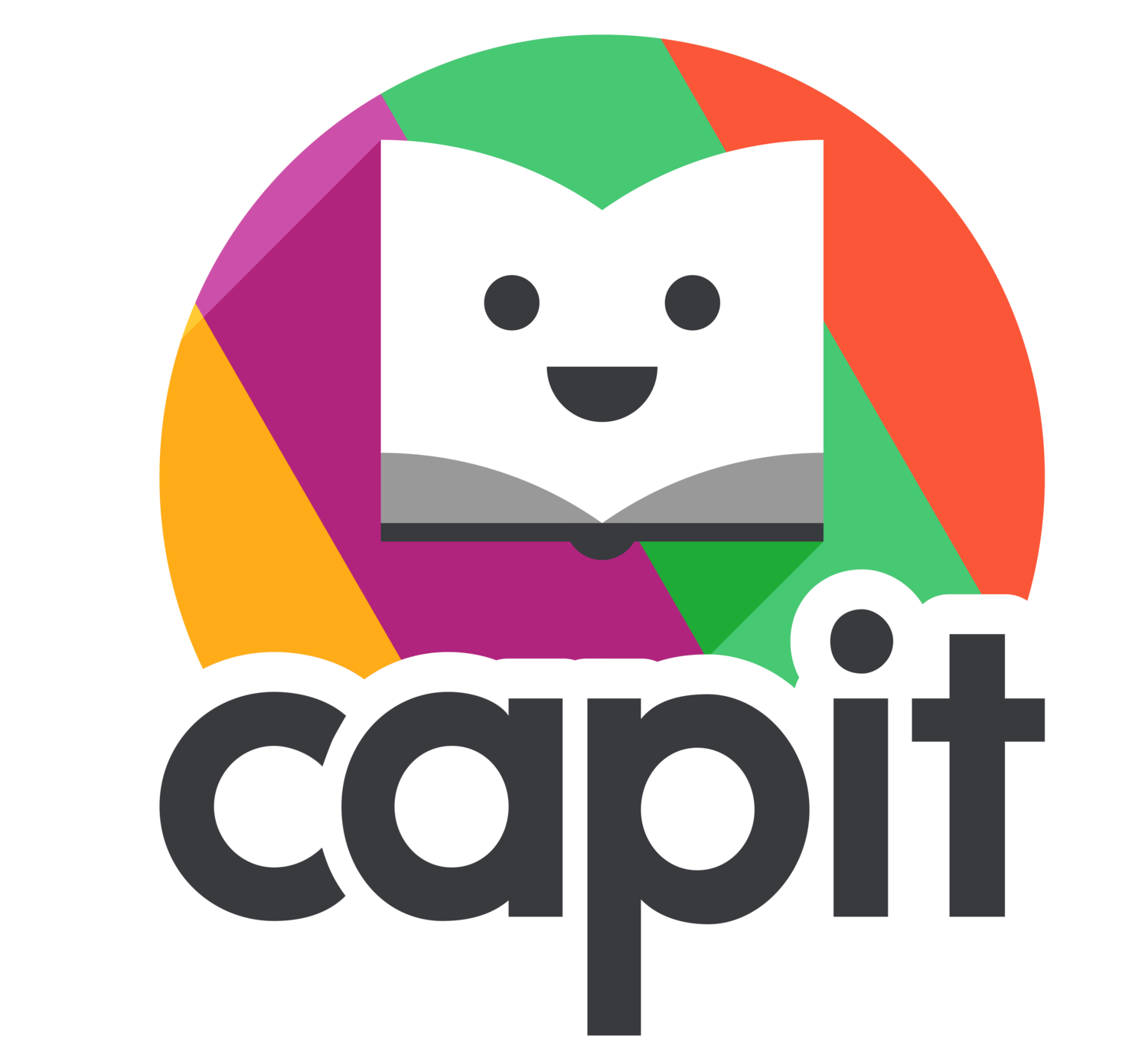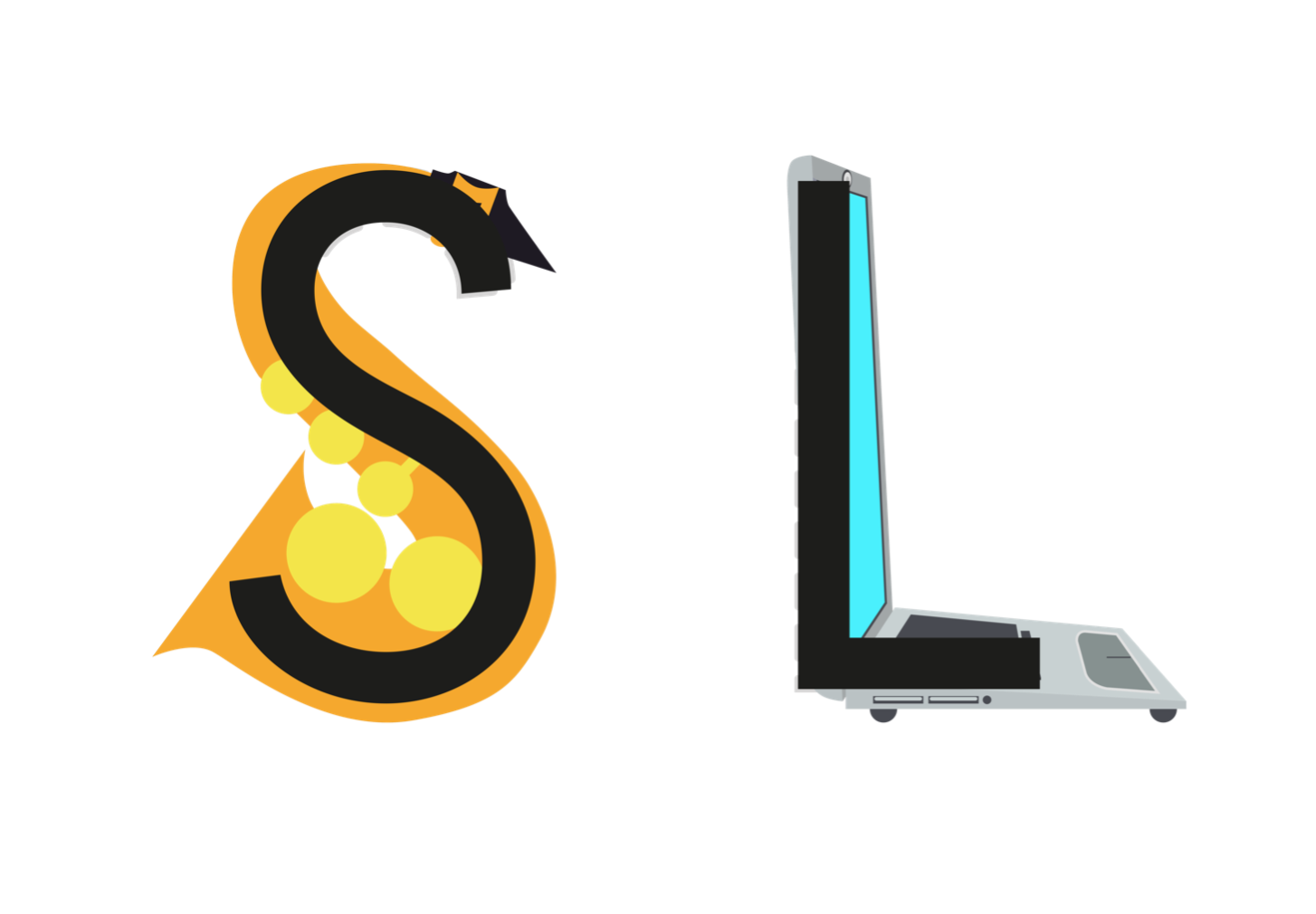CAPIT Level 1 – Letters and Sounds
Fig. 1: CAPIT Reading Level 1
CAPIT Reading Level 1
Most Kindergarten students begin with Level 1 (Fig. 1) and start learning the letters and their corresponding sounds.
Fig. 2: Letters and Sounds
Phonemes
We made the conscious decision to avoid letter names in our phonics curriculum because knowledge of letter names is unnecessary for reading and spelling. Letter names are important, but this knowledge does not help students read or spell (Fig. 2). We ask teachers to erect a Chinese-Wall between the letters’ names and their corresponding sounds.
To learn more about our Phoneme-First approach, CLICK HERE.
Overcoming Hurdle #1
Visual Mnemonics
HURDLE: Memorize Arbitrary Relationships between Random Looking Letters & Random Sounds.
SOLUTION: Use Visual Mnemonics to Establish an Objective Relationship between Sounds and Letters (Fig. 9).
The relationship between a sound and a letter isn’t arbitrary—CAPIT offers a reason why a letter represents a sound.
Letter shapes are not random—Letters look like Sound.
The mnemonic helps students hear the sound.
Self Teaching Tool #1
Visual Mnemonics
When students forget a sound—we don’t give the answer away. Instead, we ask the magic question (Fig. 10):
“What does it look like?”
(CLICK HERE to learn about our 2nd Self Teaching Tool.)
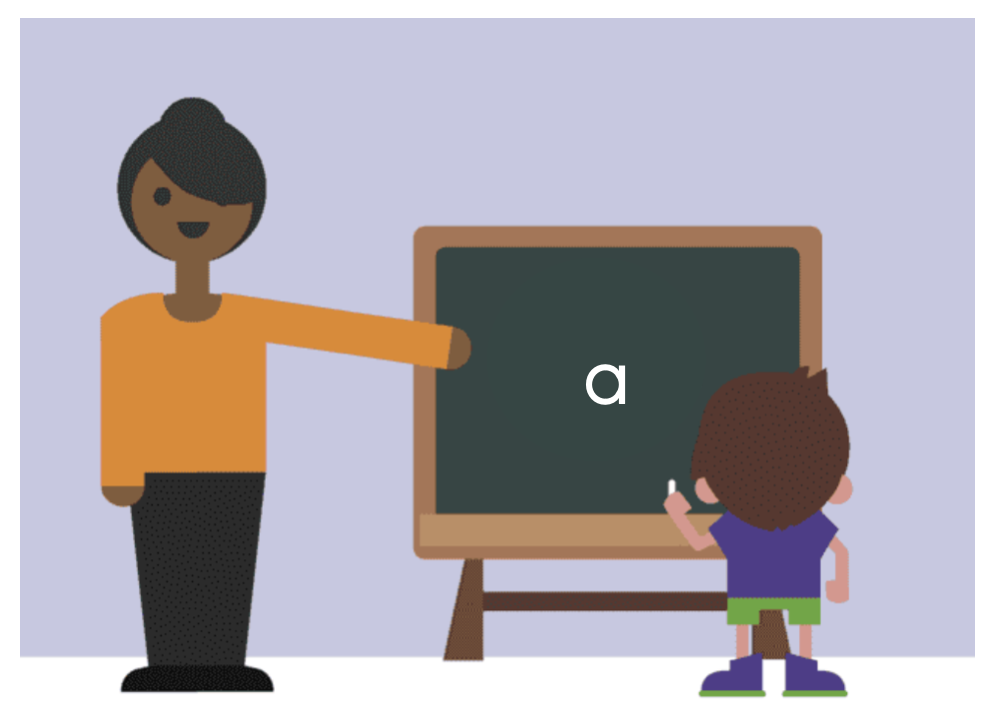
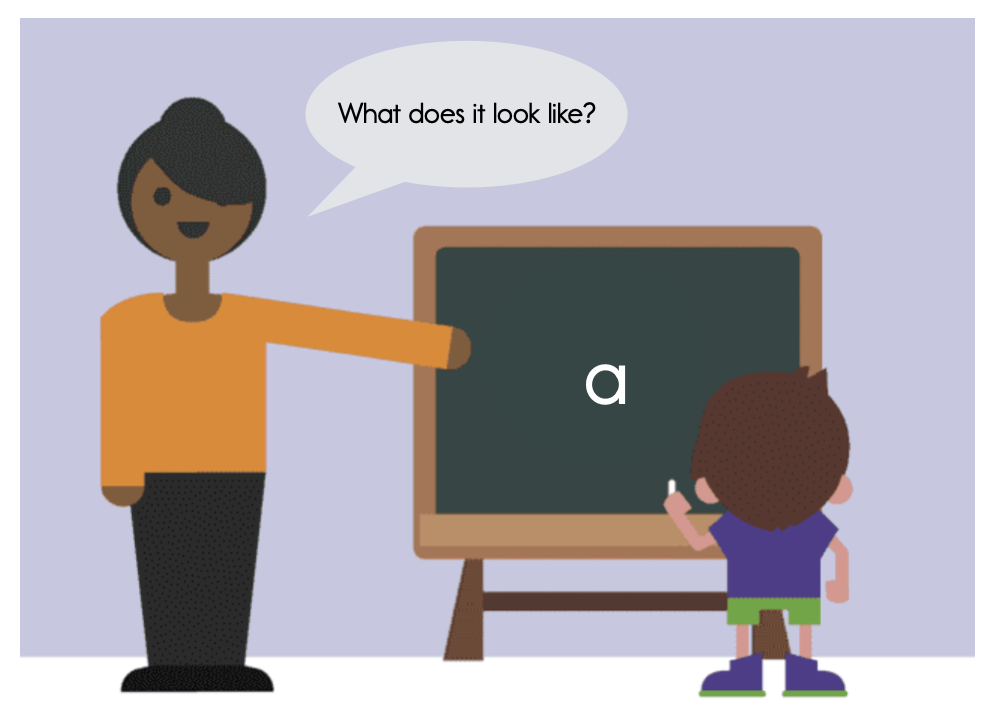

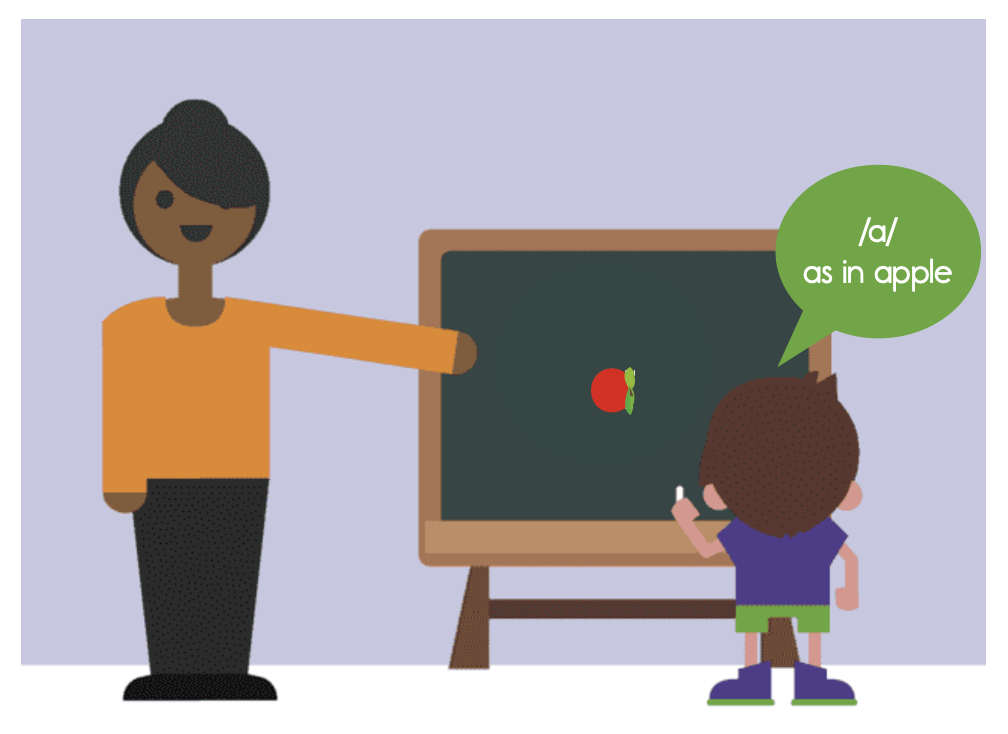
Fig. 3: Competency-Based Progression
Competency-Based Progression
Students progress through CAPIT one lesson at a time. Students can’t skip around (Fig. 3).
Fig. 4: Lessons and Assessments
Lessons and Assessments
Every fourth lesson is an Assessments. CAPIT is one long formative assessment (Fig. 4).
Direct Instruction
KG and PK
Pre-Kindergarten and Kindergarten teachers teach every lesson in Level 1.
PK teachers teach one lesson every two days. You introduce a new lesson one day, and on day two, you review the same lesson.
KG teachers teach two or more lessons a day.
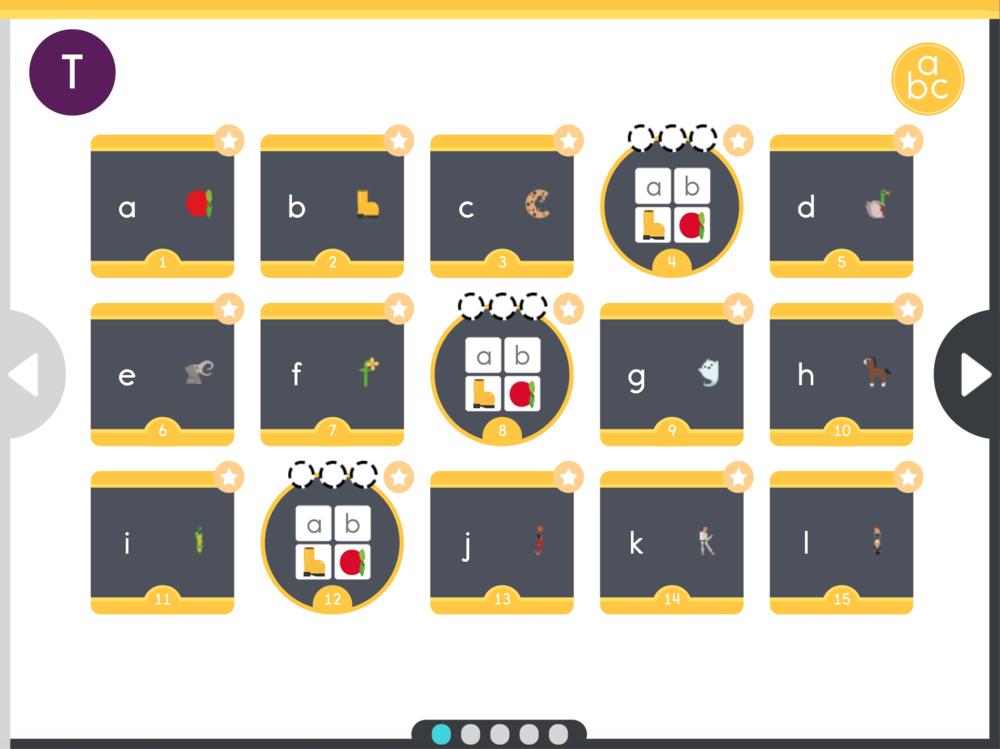
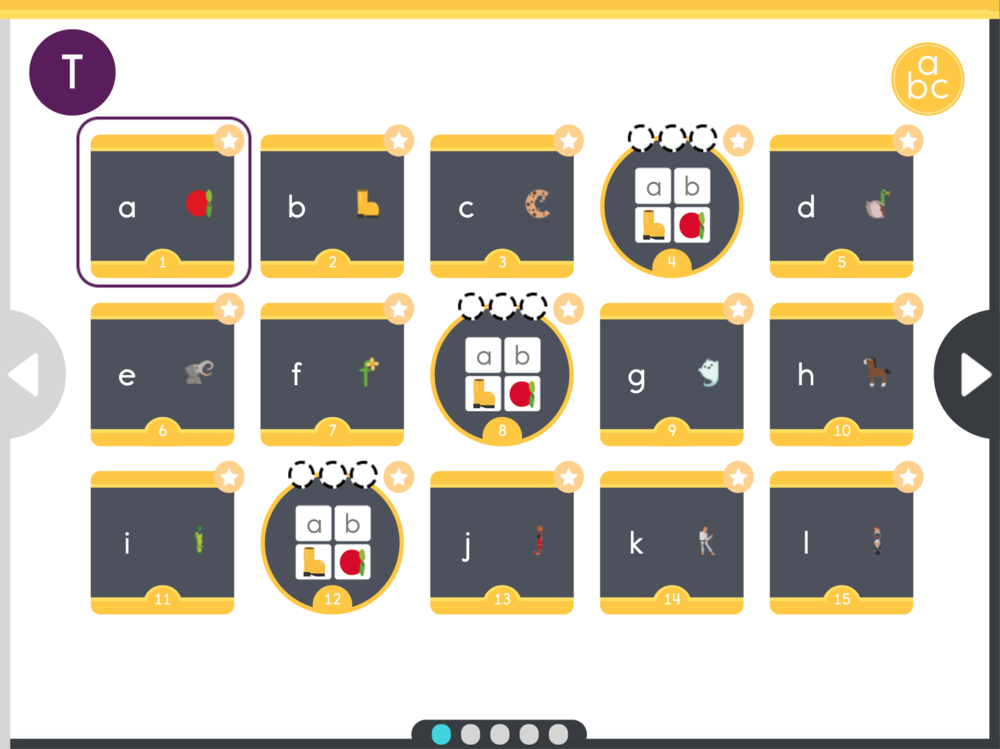
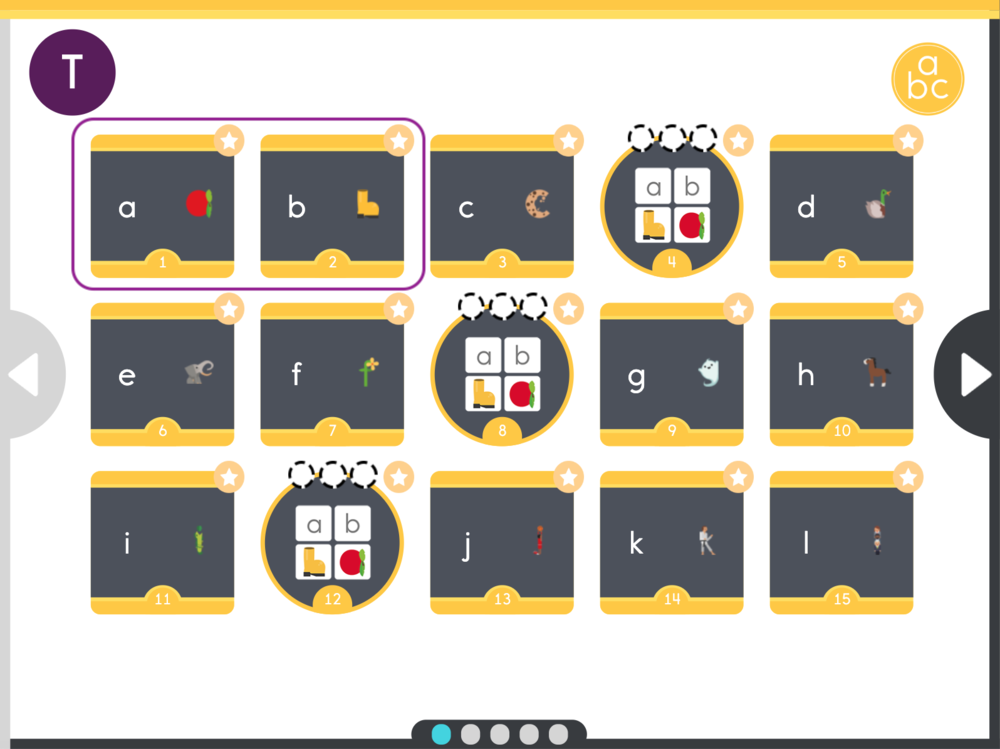
Teacher Profile
Remember to use your Teacher Profile when you demonstrate lessons (Fig. 5). To learn more about our Instructional Model, CLICK HERE.
Fig. 5: Teacher Profile
Direct Instruction
10 Minutes a Day
Teach Every Lesson
The more teachers engage in the Direct Instruction of CAPIT, the better. We recommend that teachers teach every lesson in Level 1. Teachers can teach between 1 to 3 lessons a day (Fig. 6).
Engage & Motivate Your Students
As you demonstrate CAPIT lessons, call students up to help complete various interfaces. Make it fun, engaging, and competitive. For example, put the timed Matching Game on display, and have the kids compete for the high score.
Fig. 6: Direct Instruction
Individual Practice
20 Minutes a Day
After you teach CAPIT lessons, students complete those lessons in their user profiles (Fig. 7).
Engage & Motivate Your Students: Walk around the room asking students for their lesson number. High Five every student, no matter what the answer is. Tell them how happy you are. Soon your students will announce what Level and Lesson they're on.
Fig. 7: Students Working in their User Profile
The CAPIT Teaching Channel
Watch and Learn!
See how an expert phonics instructor uses CAPIT to teach essential phonics skills (do you recognize her voice?).
We encourage teachers to watch the videos, take notes, and practice.
Level 1 Goals
Pre-Kindergarten students should complete Level 1 by the end of the year (Fig. 8).
Kindergarten students should complete Level 1 within three months and Level 2 by the end of the school year.
First Grade (and above)
First Grade students (of higher) or in 1st grade and above should finish Level 3 by the end of the school year.
Fig. 8: Level 1
CAPIT Level 2 – Reading & Spelling
After students learn the sounds and letters, they are ready to proceed to put them together to spell words in Level 2 (Fig. 9). CLICK HERE to learn about Level 2.
Fig. 9: CAPIT Reading Level 2
